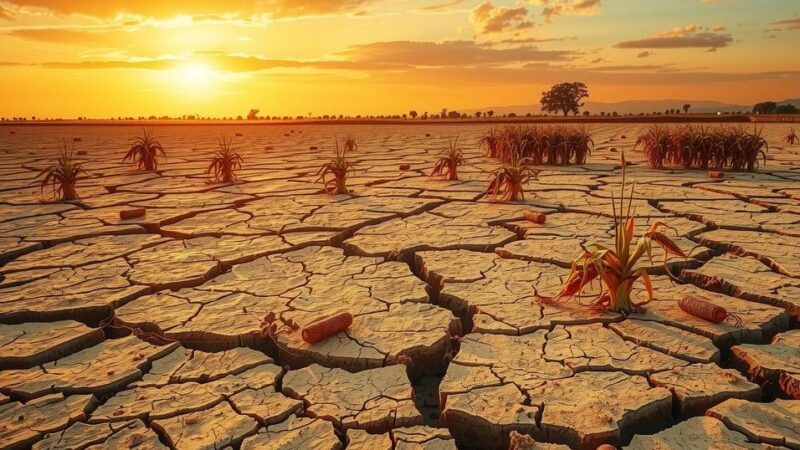Artisanal gold mining in the Peruvian Amazon is causing unprecedented destruction to peatlands, with over 550 hectares lost in the last two years. This is more than the cumulative loss of the previous 30 years, leading to significant carbon emissions. Researchers warn of the potential for further damage if mining activities continue to increase unchecked.
Recent research published in Environmental Research Letters indicates that artisanal gold mining in the southern Peruvian Amazon has caused unprecedented damage to carbon-rich peatlands. Over the past two years, over 550 hectares of peatland have been destroyed, resulting in the release of between 0.2 and 0.7 million tons of carbon, significantly more than the total disturbance from the preceding three decades.
Peatlands are crucial for carbon storage, holding carbon more densely than forests—equivalent to what larger forested areas would store. Despite accounting for just 9% of mining activities currently, mining in peatlands is expanding rapidly, potentially reaching 25% by 2027. The future looks dire, with 63 out of 219 peatland sites already impacted, risking the release of up to 14.5 million tons of carbon.
Since their scientific discovery in 2012, the same researchers who identified these peatlands now report their rapid degradation. The authors highlight the urgent need for protective measures as gold mining becomes more accessible, stressing inadequate law enforcement in remote areas. “If we don’t slow down the destruction, the damage to the Amazon’s peatlands could be permanent,” warns Dr. John Householder, the study’s corresponding author.
The alarming findings from this study underscore the rapidly increasing threat of artisanal gold mining to peatlands in the Peruvian Amazon. The unprecedented rate of peatland destruction, which has accelerated dramatically in the last two years, highlights the urgent need for effective conservation strategies to mitigate carbon emissions and protect vital ecosystems. Without swift action, these ecosystems could face irreversible damage, with substantial environmental and climate consequences.
Original Source: www.eurekalert.org






